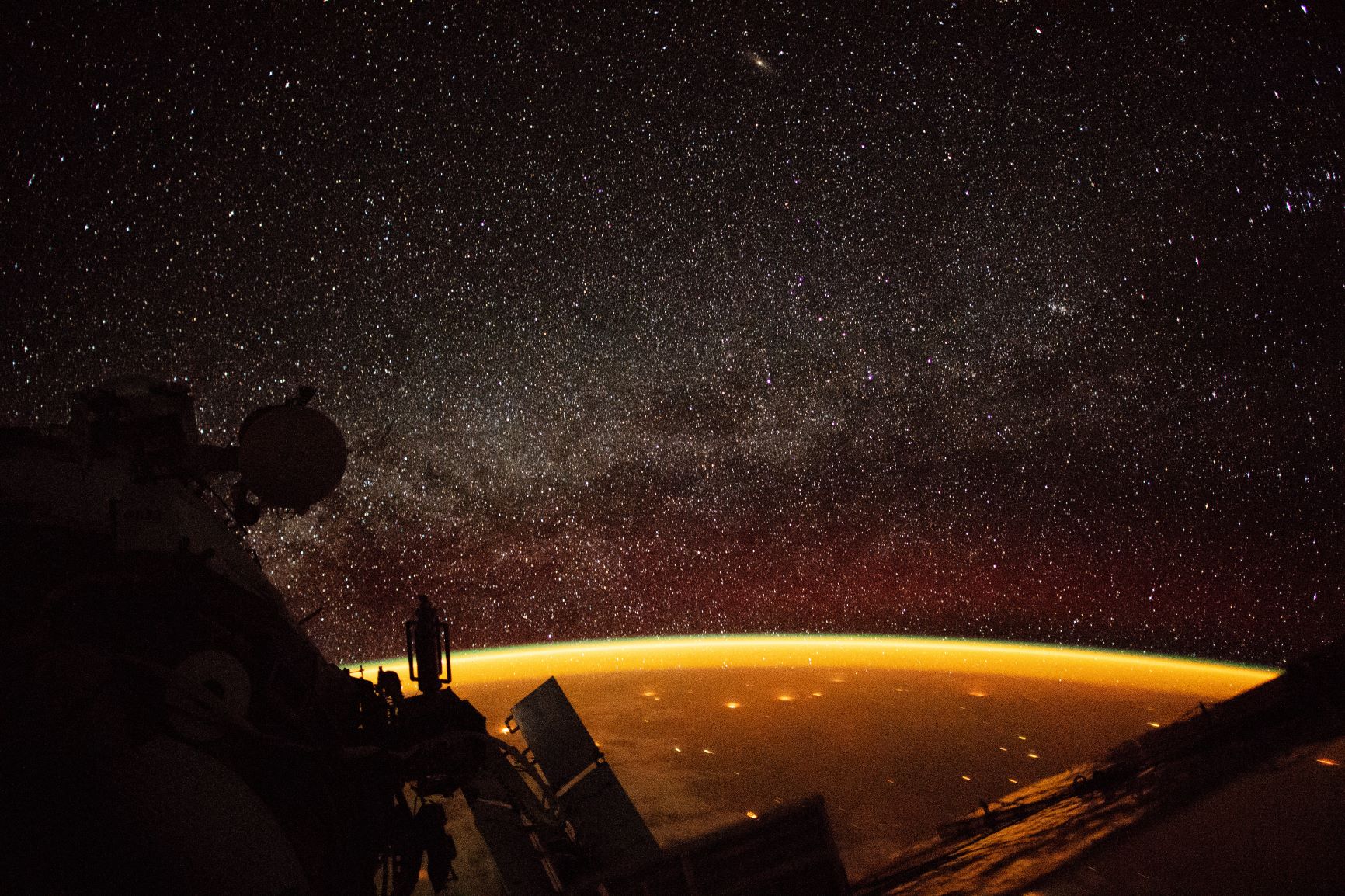
Google has quietly released Google Earth Studio, a browser-based animation tool that uses a 3D rendering engine to bring Google Earth’s geospatial footage to life.
Users can mix Google Earth and other satellite providers’ imagery then generate video from it that could be put to work in everything from news bulletins to film scenes.
Google Earth studio has been made free to use for news, research, education and not-for-profit organisation use. It is currently only available on Chrome, but can be exported to Adobe After Effects.
See also: Mozilla’s “Common Voice” Project Goes Multilingual
Under the preview release, access is being “granted on a case-by-case basis”.
Google described the tool, slipped out over the weekend, as allowing “news organisations, researchers, education, and nonprofit users to create stills and videos of large-scale geological features, individual city buildings, and other aerial imagery.”
A range of supporting materials gives guidance and tuition on the app’s capabilities.
Users can add overlays on the animation, “animate from space” (using an experimental feature called logarithmic adaptation) supersample for increased render quality, 3D camera export and more.
The company said it is only available in Google’s browser as it is using a Chrome-only rendering technology dubbed “Native Client” to power Earth Studio, but is “closely tracking the evolution of WebAssembly (especially threading). Stay tuned!”
Google Earth meets After Effects = Google Earth Studio!!!
I have been privileged to do user testing for a while and it's one of my favorite tools all time! https://t.co/GuqVKq3AQw pic.twitter.com/m6gpUXUq4W— Takashi Kawashima (@kawashima_san) December 9, 2018
Google Earth Studio: Footage Attribution and Ownership
Addressing some anticipated commercial use questions, a document issued by the company says attribution is automatically generated and watermarked, while IP of footage animated by users belongs to the user.
Google adds that as long as content created from Earth Studio is properly attributed, it can be used for any application such as research, education, film and nonprofit use.
See also: Chrome 70: Third-Party Code is Back – What Else is New?
“When you render, we automatically generate this attribution for each frame and watermark it onto the bottom-right of the rendered image. Note that the data sources will change based on the geography and type of content visible.
“If you can only see Google Earth’s 3D imagery in the frame (any small-scale 3D data, like bridges, buildings, or trees), just “Google Earth” is required. Any views that include satellite imagery will require data provider attribution.”
Those interested can request access here.






